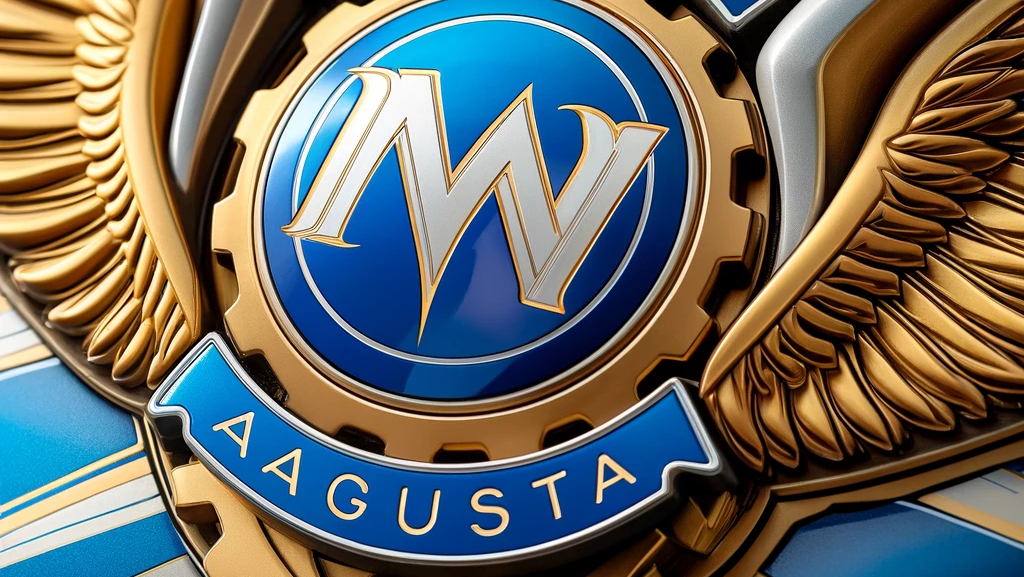MV Agusta has reached a monumental milestone, celebrating 75 years of crafting motorcycles that don’t just ride—they ignite the soul. This legendary brand, with its rich heritage and relentless pursuit of perfection, has become synonymous with passion, innovation, and timeless design. Let’s take a journey through the history of MV Agusta, exploring how this iconic brand has evolved and what lies ahead for the future of these stunning machines.
The Birth of a Legend: The Early Years
Founded in 1945 by Count Domenico Agusta, MV Agusta was born from the ashes of World War II. Initially part of the Agusta aviation company, the transition to motorcycle production was driven by post-war economic demands. The first bike, a modest 98cc two-stroke, hit the roads in 1946, marking the beginning of an era.
From its humble beginnings, MV Agusta quickly gained a reputation for quality and performance. By the 1950s, the brand was already making waves in the racing world, with riders like Carlo Ubbiali and John Surtees bringing home multiple championships.
Racing Dominance: The Glory Days
The 1960s and 1970s were golden decades for MV Agusta. With a focus on Grand Prix racing, the brand dominated the scene, securing 37 World Championships. Icons like Giacomo Agostini, the most successful Grand Prix rider of all time, rode MV Agusta bikes to victory, solidifying the brand’s legendary status.
This era wasn’t just about victories on the track; it was about technological innovation. MV Agusta pushed the boundaries with advanced engineering, such as the four-cylinder engines that became the hallmark of their racing machines.
A Period of Change: The 1980s and 1990s
The late 1970s brought challenges, including financial difficulties and a changing market landscape. MV Agusta ceased production in 1980, a hiatus that left fans yearning for the brand’s return. The 1990s, however, saw a resurgence. Under the stewardship of Claudio Castiglioni, the brand was revitalized, launching the iconic F4 series in 1997. Designed by Massimo Tamburini, the F4 was a masterpiece, blending cutting-edge technology with stunning aesthetics.
Modern Era: Innovation and Expansion
Entering the 21st century, MV Agusta continued to innovate while staying true to its heritage. Models like the Brutale and Turismo Veloce showcased the brand’s commitment to combining performance with style. Partnerships with companies like Mercedes-AMG and investment from Russian firm Sardarov brought new resources and vision to the table.
MV Agusta’s modern lineup reflects a blend of tradition and innovation. The bikes are not just machines; they are works of art, designed to stir emotions and deliver unparalleled riding experiences.
Looking Ahead: The Future of MV Agusta
As MV Agusta celebrates 75 years, the future looks bright. The brand is focused on expanding its global presence and investing in new technologies, including electric motorcycles. The Superveloce Alpine, a collaboration with the French sports car manufacturer Alpine, exemplifies this blend of classic style and modern innovation.
Sustainability is also a key focus. MV Agusta is exploring eco-friendly manufacturing processes and alternative energy sources to ensure their bikes are as green as they are gorgeous.
Key Innovations and Achievements
- 1950s: Introduction of advanced two-stroke engines and early racing successes.
- 1960s-1970s: Dominance in Grand Prix racing with 37 World Championships.
- 1997: Launch of the F4 series, marking the brand’s return to prominence.
- 2010s: Expansion of the model lineup with bikes like the Brutale and Turismo Veloce.
- 2020s: Focus on sustainability and technological innovation, including electric motorcycles.
Conclusion: A Legacy of Passion and Performance
MV Agusta’s journey over the past 75 years is a testament to passion, innovation, and resilience. From its early days of post-war recovery to its dominance in racing and its modern era of technological advancements, the brand has continually evolved while staying true to its core values. As MV Agusta looks to the future, one thing is certain: their motorcycles will continue to stir the souls of riders around the world.

